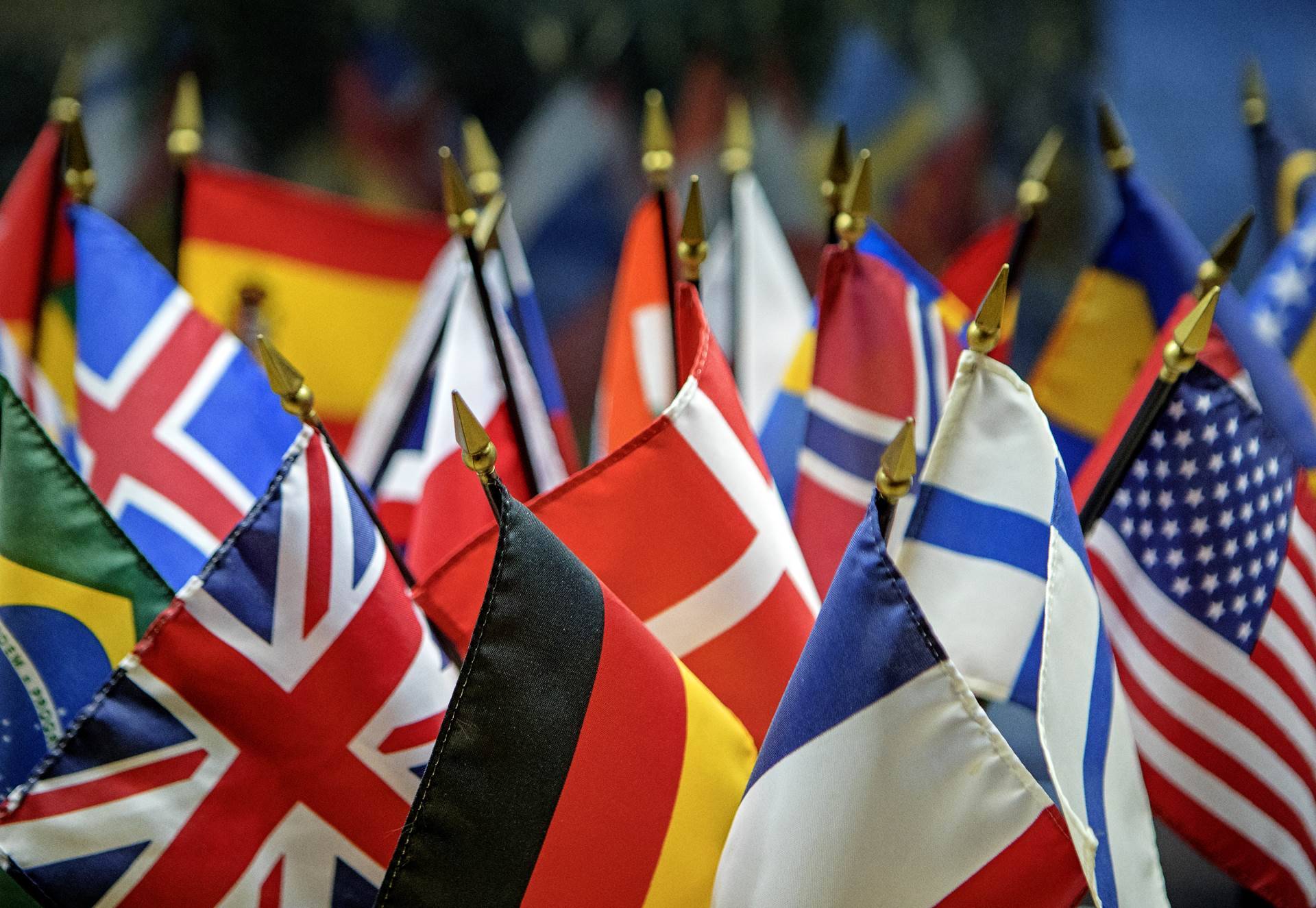COVID-19: Borders - revised criteria for the definition of high-risk areas
The definition of criteria for determining whether countries or areas are considered high-risk areas has been revised. In addition to criteria on the incidence rate of infection, a condition will be added regarding the ratio of positive samples which influences whether a region or country is considered a high-risk area or not. The definition of high-risk areas affects which individuals must quarantine in a quarantine facility upon arrival in Iceland. A new advertisement listing the countries that are considered to be high-risk areas is attached and enters into force on 7 May, along with a regulatory amendment on revised criteria for the definition of high-risk areas.
Under the applicable Regulation on quarantine, isolation and testing at the border of Iceland in connection with COVID-19, only the 14-day incidence rate for new infections per 100 000 inhabitants is used for defining high-risk areas. If the incidence rate is lower than 500, arriving passengers do not have to quarantine in a quarantine facility; if it lies between 500-699, quarantine in a quarantine facility is stipulated but an exemption can be applied for; and if the incidence rate is 700 or higher, passengers must quarantine in a quarantine facility without exemption.
With the amendment to the regulation that enters into force on 7 May, the ratio of positive samples in the country in question at any given time will also be considered. The basis for this is that the incidence rate alone does not give a satisfactory picture of the prevalence of community infections, because if the ratio of positive samples is high, this indicates that community infections are more widespread than the incidence rate shows.
The effects of the amendments
The number of countries on the list of high-risk areas grows significantly. The main reason is that countries with an incidence rate of less than 500 but a 5% ratio or higher of positive samples are added to the list.
Mandatory quarantine in a quarantine facility: Passengers arriving from a country or region where the incidence rate of infection is 700 or higher, must unconditionally quarantine in a quarantine facility. This also applies if the incidence rate of infection is between 500-699 and the ratio of positive samples is 5% or higher, or if the incidence rate is over 500 but satisfactory information on the ratio of positive samples is not available. An exception from this requirement is only granted if there are pressing reasons to do so, such as the individual’s disability, level of mental development or other comparable reasons.
Quarantine requirement in a quarantine facility with the possibility of exemption: Passengers arriving from a country where the incidence rate of infection is between 500-699 and the ratio of positive samples is lower than 5% are required to quarantine in a quarantine facility but can apply for an exemption from the requirement. The same applies to those arriving from places where the incidence rate of infection is under 500 but the ratio of positive samples is 5% or higher or information on the ratio of positive samples is not available. Applicants for an exemption shall adequately demonstrate that they will fulfil all conditions for quarantining in a facility they have arranged. You can register a request for an exemption when pre-registering at visit.covid.is 48-72 hours. before arriving in the country.
Certification of vaccination or prior infection: As before, those who submit a vaccination certificate or a certificate of a prior infection will only be required to undergo one test upon arrival in the country. It is important that they not interact with others and follow quarantine rules while they await the test results.
The Faroe Islands and Greenland: Passengers from the Faroe Islands will be exempt from measures to contain the spread of infections at the border as of 10 May and are not required to submit certificates nor undergo testing and quarantine. This already applies to passengers from Greenland. Those two countries will then be the only countries on the Chief Epidemiologist’s list of low-risk areas.
- Advertisement No. 487/2021 regarding regions and countries that are considered to be special high-risk areas for COVID-19 (enters into force on 7 May)


